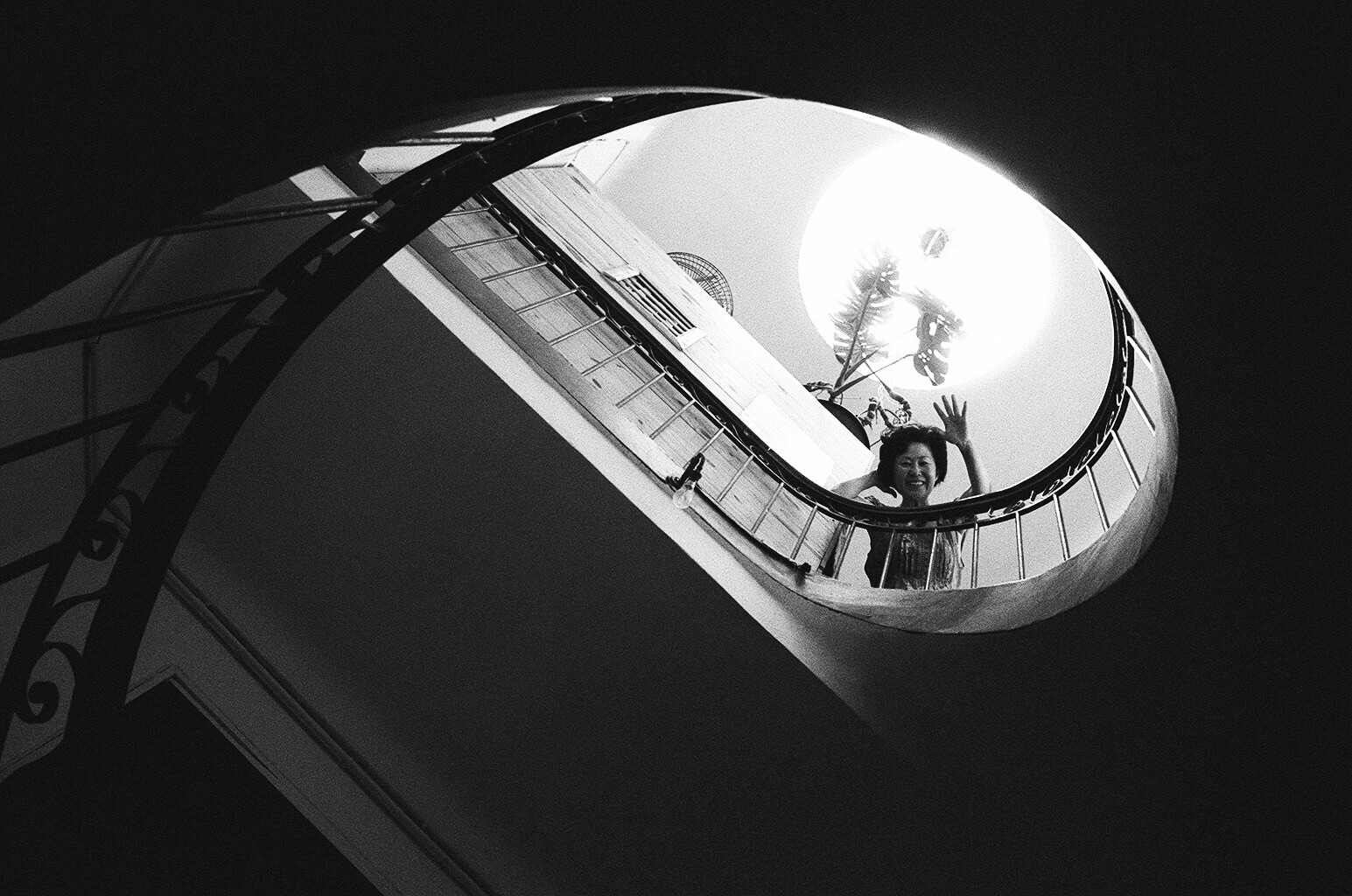Dear friend,
Something I want to reflect with you is this:
What is image quality, is it important, why is it important, and what is the function of image quality? And is there an objective way to judge image quality– or is it all subjective?
Image-Quality

Image + Quality — a breakdown of the words:
Image:

In Latin, the word is ‘Imago‘ which means to imitate– “a copy, likeness, image”. An image is a representation, or a visual likeness of something. A visual depiction of something.
Quality:

Quality as a certain property. Comes from the Latin word, ‘qualis’ which means “of what kind”. From Proto-Indo-European
‘*kʷo-‘ which means: (“who, how”).
Cicero coined the word ‘qualitas’ to translate the Ancient Greek word ποιότης (poiótēs) — of a certain kind or nature.

This actually goes back to Plato from the Greek word: ποῖος (poîos, “of what nature, of what kind”). So the concept of ‘quality’ comes from Plato — the idea that the quality of something is the nature of something, or the classification of something. Trying to discover the ‘quality’ of something is to understand what it is made up of (atoms).
My definition of “image quality:

Thus, to me, image quality is defined as:
The ability for a picture to best depict reality.
But this is the tricky question:
As photographer-artists, are we trying to depict reality– or do something else?
Paint your own reality

Simply put, I don’t think we photographers are trying to depict reality. What we are trying to do is create art — visual art, via photographs.
Ugly vs Beautiful

When we say we don’t like the image quality of a camera or lens, I think what we are really trying to say is:
The aesthetics that this camera produces is ugly.
What we desire when we think ‘image quality’ is the ability for a camera to create aesthetically-beautiful images.
But once again this is the tricky thing:
As photographers, we are NOT trying to depict reality. We are trying to create our own reality through our pictures.
Therefore as photographers, we should NOT worry about the ability of a camera to accurately depict reality. Rather, we need to choose a camera or sensor which creates an aesthetic which we judge as beautiful.
Why pixel-peeping is silly

A lot of us photographers care about sharpness — but I think what we should really care about is dynamic range. I think through my personal experiences, sharpness is not really that important. When we think ‘sharpness’ what we are trying to understand is “edge detection” and “contour detection” (in visual science).
The reason why I like digital medium-format cameras is because the dynamic range is insane– you can see all the subtle shifts of light from the very dark to the very bright. The reason why I think this makes a more beautiful aesthetic is perhaps because human eyes have delight in a wide gradation of colors, tones, and hues in an image.

But then again — this is the funny thing; some of the art that we love has very little dynamic range. For example, really high-contrast black and white photos have practically no dynamic range. Or if you look at the colorful cut-outs of Matisse, they are “duo-tone” (only two tones: usually just the blue of the cutout, and the white of the background).

Therefore this is tricky:
Sometimes we find pictures with high dynamic range as more beautiful, but other times– we find photos with very low dynamic range as beautiful.

Emotional impact

The reason why I think image quality is overrated is because of the following:
Often we think the point is to make a photograph with the most beautiful image quality. But the point is to create an emotional response in your viewer!

Once again, our purpose as photographers is to create photographs that emotionally impact and leave an impression on our viewers! If your picture has the ability to evoke an emotion in your viewer (and yourself), you’ve made a good photograph.

You can do this with any type of camera. You can evoke emotional responses in your viewer with a phone camera, a micro 43rd camera, an APS-C crop sensor, a full-frame sensor, a digital medium format sensor, with 35mm film, medium-format 120 film, or large-format 4×5 or 8×10 film. All cameras, sensors, and films, and aesthetics have the ability to evoke an emotional response in your viewer– but the question you must ask yourself is:
“What kind of emotional impact/impression am I trying to make on my viewer?”
Monochrome vs color

When we think of black and white vs color photography — it ain’t about how it looks, it is about the emotional impact we make on the viewer.

It is cliche to say, but monochrome is often associated with feelings of nostalgia, the past, and the old-school “timelessness”. Color is often more bright, cheery, and optimistic — but not always.
You can make elegant and delicate photographs in monochrome, and make depressing photos in color, and vice-versa.
When I think of Picasso and his paintings, his Azul (blue-toned) phase of paintings reflect depression, misery, and sadness. His rose period (red-toned paintings) have more levity, brightness, and joy. Therefore my theory is:
Picasso painted his emotions, and his paintings reflect his emotional mind-state at the time he painted them.
To clarify:
- If Picasso was feeling sad and depressed, he naturally chose cooler tones (blue) to paint, and thus his paintings feel depressing, because that is the emotion he had when painting.
- If Picasso was feeling bright and jubilant, he naturally chose rose-colored pigments to paint his joy!

So as a photographer, my suggestion is this:
Make photographs that reflect your emotions, feelings, and soul — and choose whatever colors, palettes, or sensors to reflect your artistic mind-state!
Conclusion

To conclude, ask yourself:
What kind of emotional impact am I trying to make on the viewer, and what camera/sensor/film will best create that effect?
Image quality for the sake of it is overrated!
ERIC












